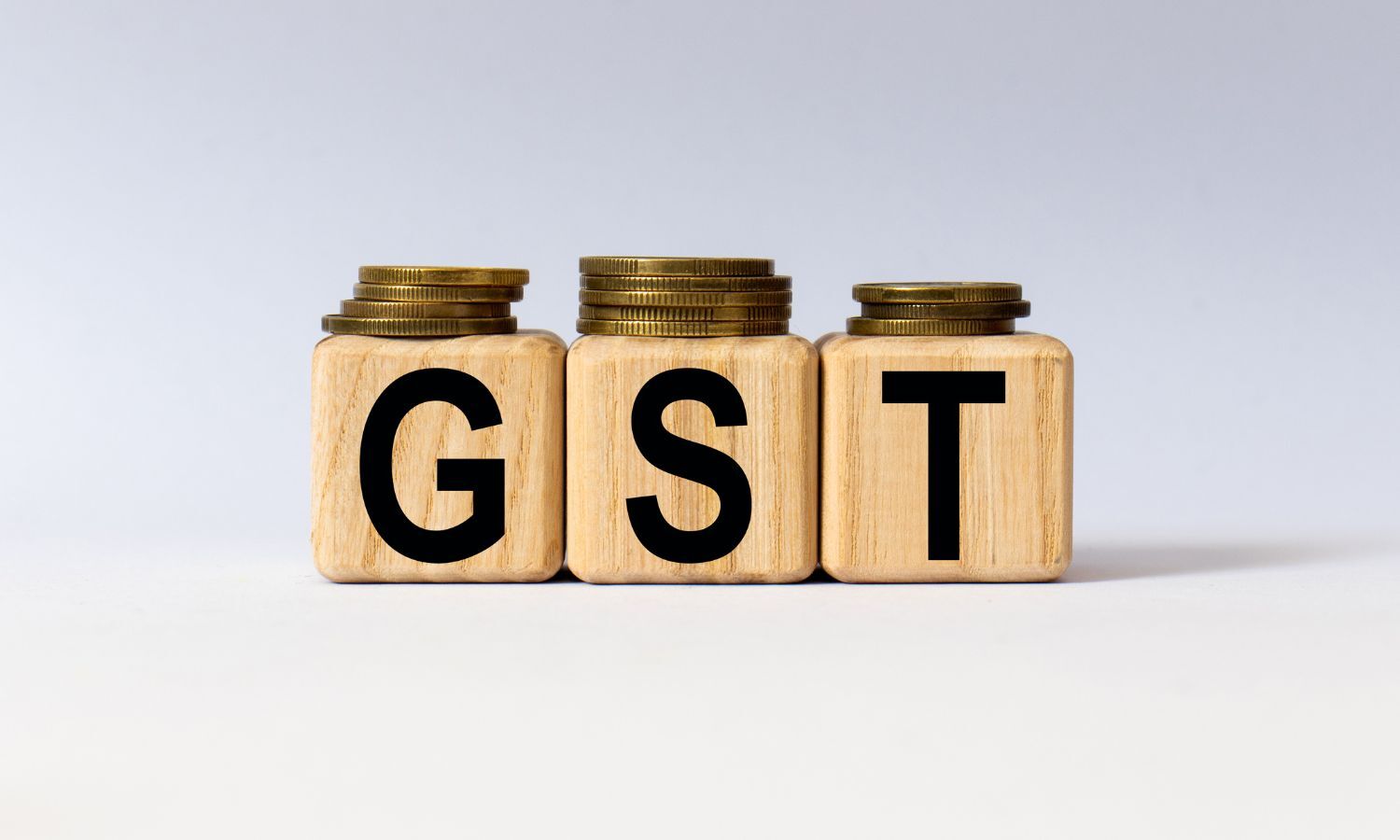
E-Invoicing Under GST – How Would It Work?
20-Aug-2019
Bloombergquint
GST, E-invoicing
473 Views
The Goods and Services Tax has indeed been one of the most radical tax reforms in India. Not only has the regime been instrumental in making One Nation, One Tax a reality but it has also ushered a new era of the indirect tax regime which is digital and technology-driven. Currently, companies across industries use technology-enabled solutions for undertaking GST compliance online on the GST Network
The first two years of this technology journey involved a lot of teething issues for both industry and the government, but the government and GSTN have been agile enough to make necessary changes to reduce the difficulties faced by industry. This involved changes in the systems, processes, as well as the GST law to accommodate industry requirements.
To push for a digital economy and as a deterrent to tax evasion, in this year’s Union Budget, the government made a major announcement, introducing an e-invoicing system from January 2020. Initially, the government intends to keep it voluntary for the businesses to opt for e-invoicing. Following this announcement, recently GSTN has also released a consultation paper on e-Invoice standard—drafted in partnership with ICAI—for industry feedback.
This standard is based on globally-accepted standards, which are being used in various European countries.The Mechanics Of E-Invoicing From the initial discussions and consultation paper, the proposed e-invoicing system could require the suppliers to generate a unique identification number—also referred to as Invoice Reference Number—for each of its invoices. GSTN would provide multiple mechanisms to generate the said IRN.
Once the IRN is generated, the details of the invoice and the IRN would need to be provided to a pre-notified agency, such as NIC, on a real-time basis. The agency would validate the IRN and issue a digitally signed e-invoice and provide the same to the supplier. It is for this e-invoice that the consultation paper has been released. Such an authorised agency would also pass on the invoice details to GSTN/NIC for auto-population of returns/e-way bill (Part A). The invoice details would also be visible to the buyer on a real-time basis (on GSTN) and would hence, ensure instant verification.
From the process, the e-invoicing system appears to be an extension of the existing e-way bill system implemented for the movement of goods.
It is expected that the e-invoicing system would be implemented in a phased manner similar to how e-way bill was implemented last year. This could include only sellers or invoices above a particular threshold need to comply, some of the sectors may also be kept outside the purview of this initially. Over time, it is expected that the e-invoice requirement would be there for all B2B transactions and could even be extended to B2C. Further, there have been doubts about whether both e-way bill and e-invoicing would continue simultaneously. Based on the current set of information asked for in e-invoicing, it appears that this would be the case.
Source:bloombergquint






